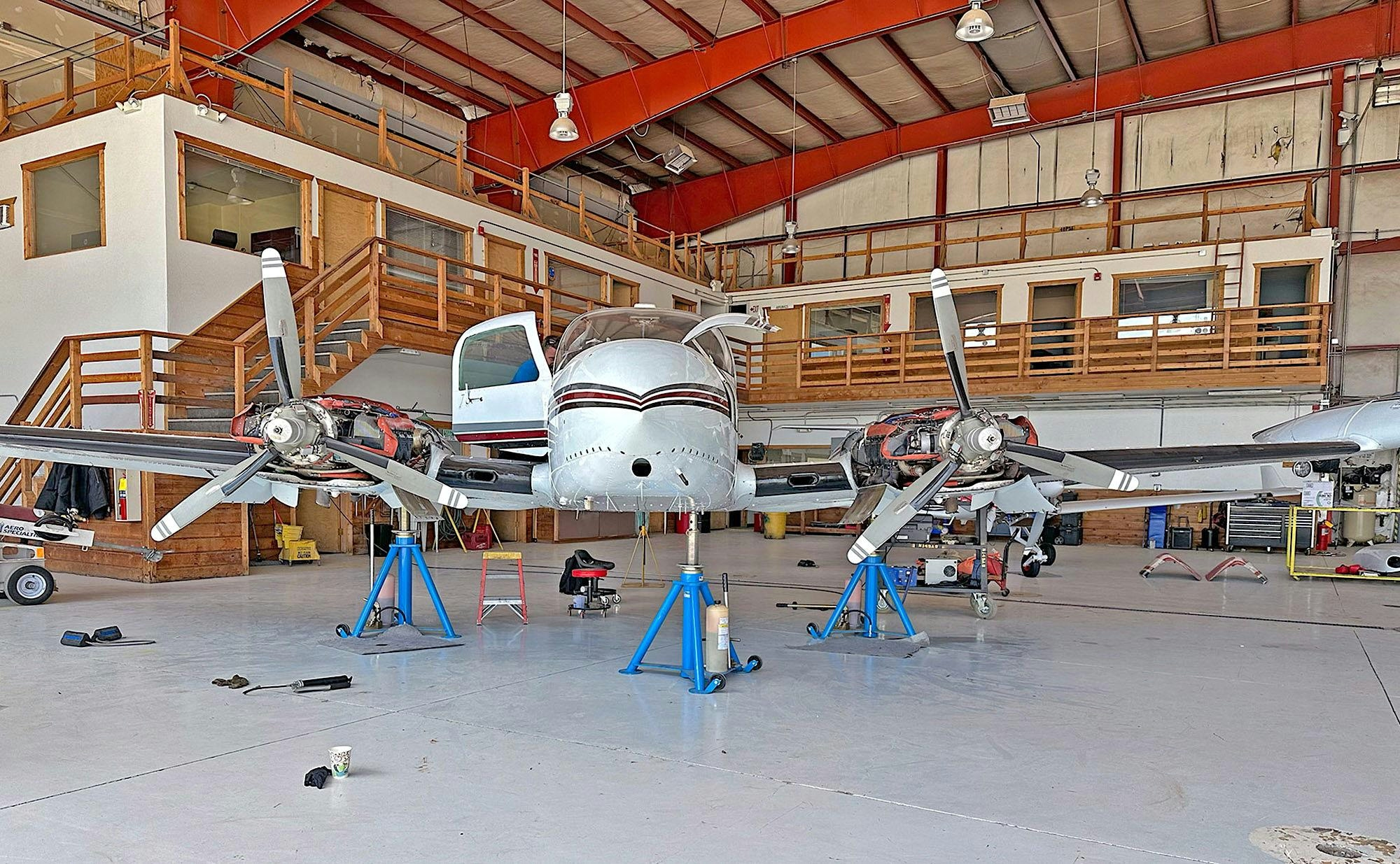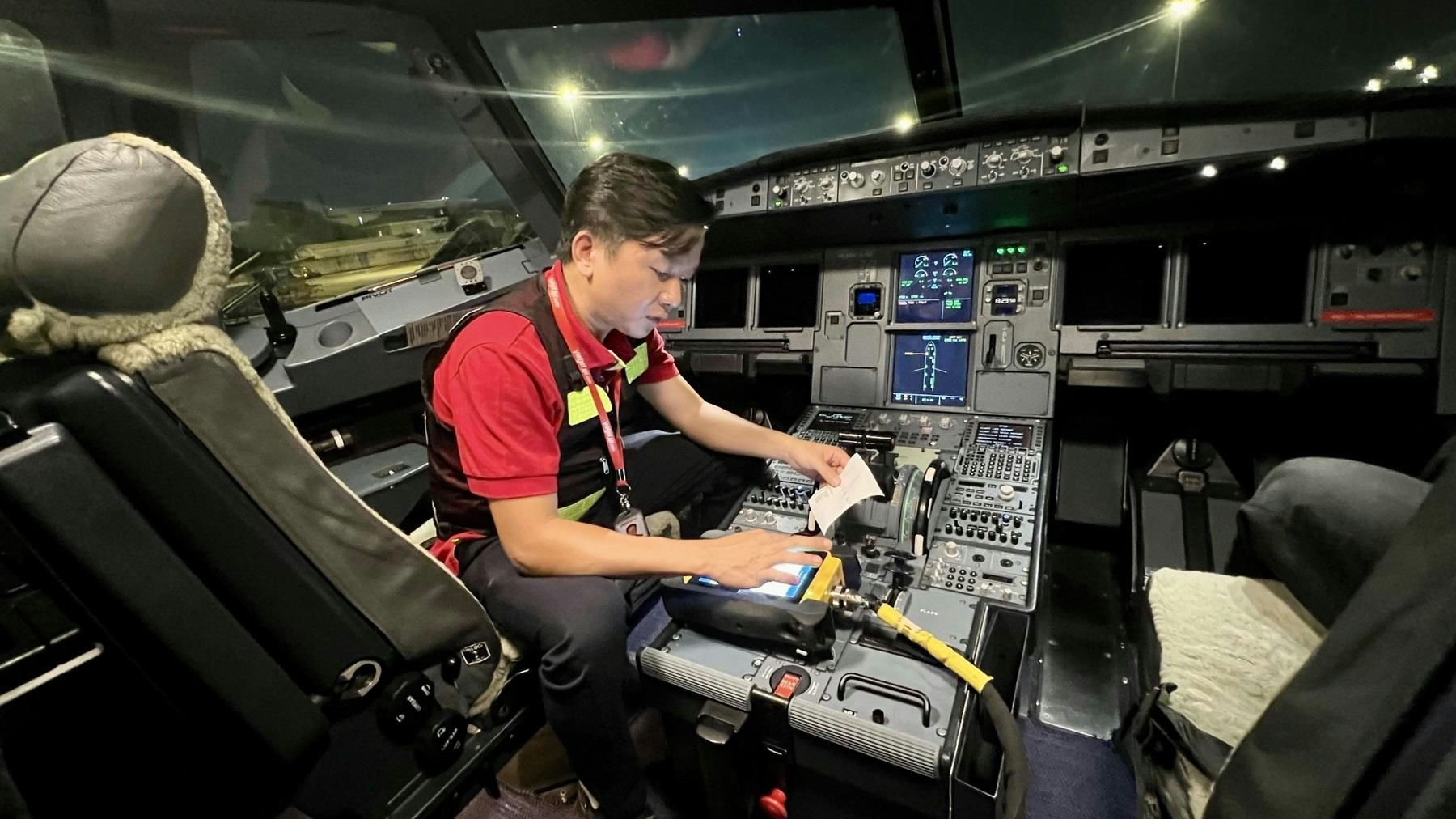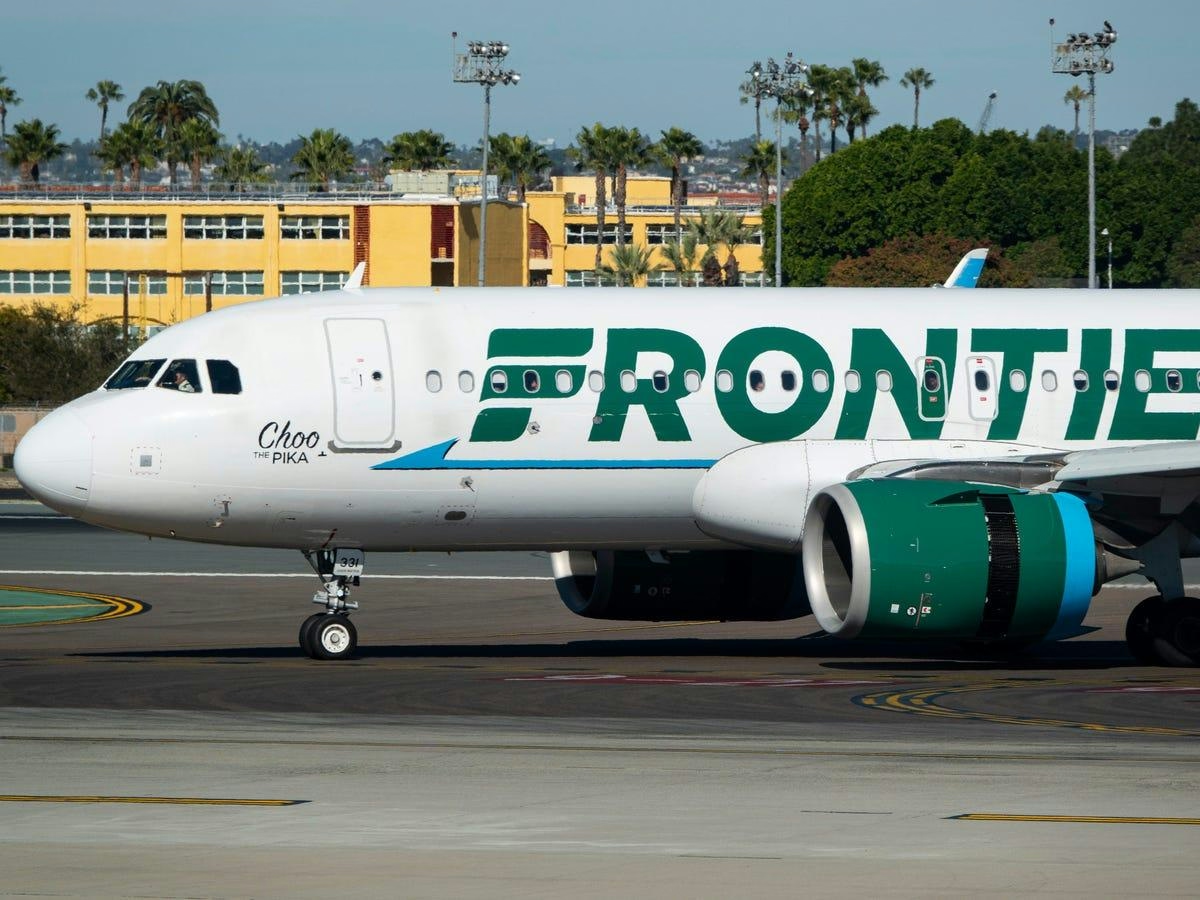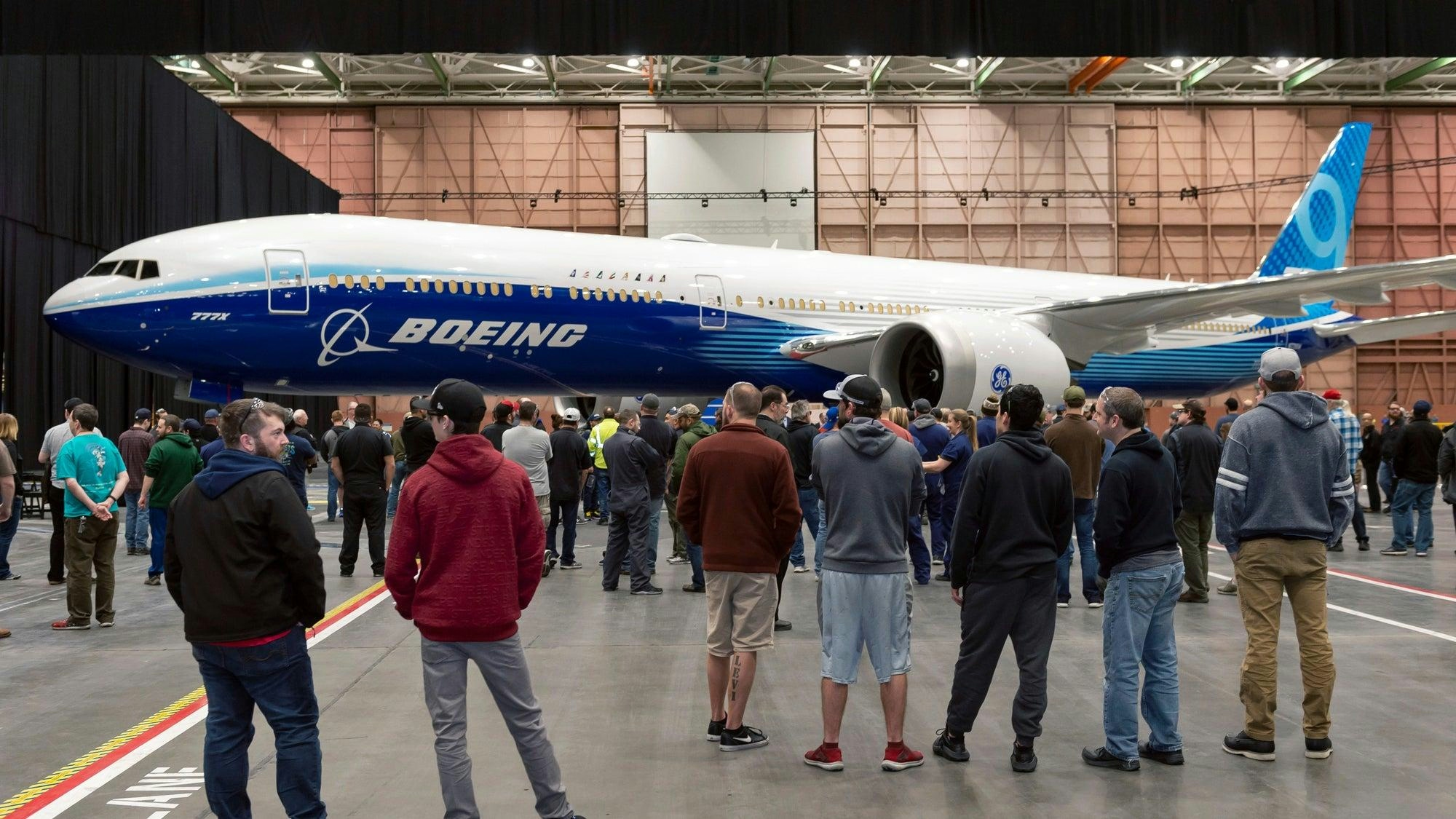
AeroGenie – Ihr intelligenter Copilot.
Trends
Categories
Trends and Competition in the Aircraft Engine Stand Market

Trends and Competition in the Aircraft Engine Stand Market
Aircraft engine stands play a crucial role in the aviation industry, providing essential support for engines during transportation, storage, and maintenance operations. As the sector adapts to changing fleet compositions and operational demands, the market for these specialised tools is evolving to meet new challenges and seize emerging opportunities. An examination of this niche segment reveals a landscape marked by steady demand alongside notable trends shaping its future trajectory.
Market Landscape and Drivers
The aircraft engine stand market, while not characterized by rapid growth, benefits from consistent demand driven by ongoing fleet renewal, global engine logistics, and close collaboration with original equipment manufacturers (OEMs). Companies such as Magnetic Enginestands operate within this specialised field, addressing critical needs related to engine handling and movement. The predominance of narrow-body aircraft orders continues to underpin demand for compatible engine stands, whereas the wide-body segment exhibits more cyclical patterns.
This market comprises a blend of OEM-approved manufacturers and independent suppliers, each prioritizing compatibility, certification, and operational efficiency. As engine designs diversify, there is an increasing requirement for flexible, transport-ready stand solutions that can be deployed across various regions, reflecting the global nature of aviation operations.
Key Trends and Innovations
Several significant trends are influencing the design, sourcing, and utilisation of aircraft engine stands. Modular and collapsible designs have become increasingly prevalent, enabling operators to optimise space during storage and transportation. The adoption of lighter, advanced materials is reducing handling times and shipping costs, which is particularly important in the context of international logistics.
There is also a growing emphasis on multi-model compatibility, with stands designed to accommodate a range of engine types, thereby reducing the need for duplicate equipment inventories. Some providers are integrating digital features such as asset tracking and usage monitoring to enhance visibility and facilitate more effective planning.
In addition, flexible business models like leasing and stand pooling are gaining traction, especially among smaller operators or those with seasonal requirements. These approaches offer cost efficiencies and operational flexibility in a market where capital investment can be significant.
Despite these advancements, the market faces challenges. Increasing investments in maintenance, repair, and overhaul (MRO) infrastructure are necessary to support new engine programs. Supply chain complexities have prompted some industry players to pursue mergers and acquisitions to bolster capabilities and expand their market presence. The transition to new engine technologies is also driving improvements in safety features and the adoption of AI-enabled inspection techniques, ensuring compliance and enhancing operational efficiency.
Competitive Dynamics
Although the aircraft engine stand market remains niche, it is marked by intense competition among a limited number of manufacturers catering to highly specialised requirements. OEM-approved stands are often preferred due to stringent certification standards, but factors such as customisation options, delivery lead times, and regional support networks also play a critical role in procurement decisions.
Long-term partnerships with airlines and MRO providers are common, providing stability within this narrowly defined market. Companies that offer robust logistical support and the capability to rapidly move stands across international borders can secure a competitive advantage, reflecting the globalised nature of aviation supply chains.
Outlook
The aircraft engine stand market is anticipated to maintain stability, supported by gradual fleet expansion and evolving logistics demands. Operators increasingly seek solutions that combine adaptability, durability, and technological sophistication, mirroring both the steady demand and shifting expectations within the aviation industry.

PCC Approves Acquisition of Global Aircraft Leasing Firm

Kuehne+Nagel and SWISS Strengthen Sustainable Aviation Partnership

MD Aircraft Receives 20 Pre-Orders for eViator from UrbanLink

Emirates and GAMECO Expand Heavy Maintenance Partnership

Inside Vietjet’s 32-Hour Emergency Response to Keep Airbus Fleet Operational

Frontier Airlines Airbus A321neo Returns to Cleveland After Engine Fire

Why the Boeing 777X Is Limited to a Single Engine Type

Malaysia Aviation Group Announces Long-Term Business Plan

TrueNoord Expands Executive Team
